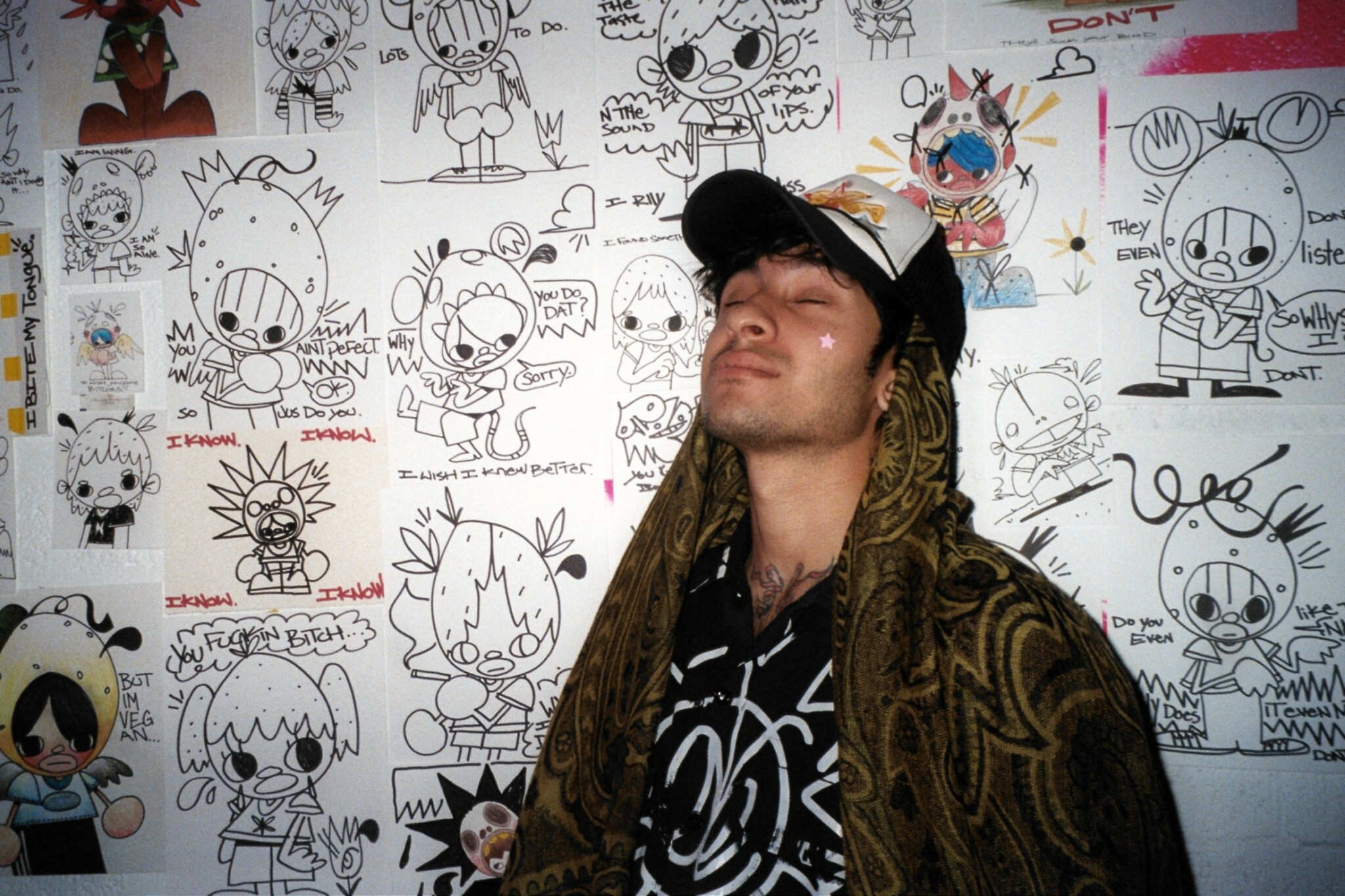We recently connected with Nathan Gomez and have shared our conversation below.
Nathan, thanks for joining us, excited to have you contributing your stories and insights. How did you learn to do what you do? Knowing what you know now, what could you have done to speed up your learning process? What skills do you think were most essential? What obstacles stood in the way of learning more?
I’m mostly self-taught in almost all of my artistic skills—drawing, sewing, animating, and editing. From the beginning, I learned by immersing myself in references that inspired me. It wasn’t just about watching tutorials; it was about dissecting the things I admired and figuring out how they were made.
A big part of my learning process came out of necessity. I couldn’t afford, or even really trust, to commission others to help with my creative process and presentation, so I had to become a one-person creative team. That meant learning every visual and technical aspect needed to market myself and bring my vision to life as authentically as possible. But the beautiful part of that challenge is that I discovered how much I genuinely enjoy working across different mediums.
My creative journey flows in eras. I’ll have a stretch where I’m deep into sewing and making clothes, constantly exploring ways to refine my craftsmanship. Then there are times when I drop everything to focus on painting or dive into digital animation experiments. Every time I revisit a medium, I’m driven by this desire to learn something new and elevate my skills. That process of reinvention keeps things fresh and exciting for me.
Looking back, I think I could have sped up my learning by giving myself permission to fail more boldly and early on. There’s a tendency to want things to look polished right away, but I’ve realized that creative growth comes from making mistakes and pushing through them.
As for essential skills, curiosity and adaptability have been key. Being willing to pivot from one craft to another without feeling boxed into a single discipline has given me the freedom to express myself fully. The biggest obstacle has always been time—there’s never enough of it to learn everything I want, but I see that as a good problem to have. It keeps me hungry.
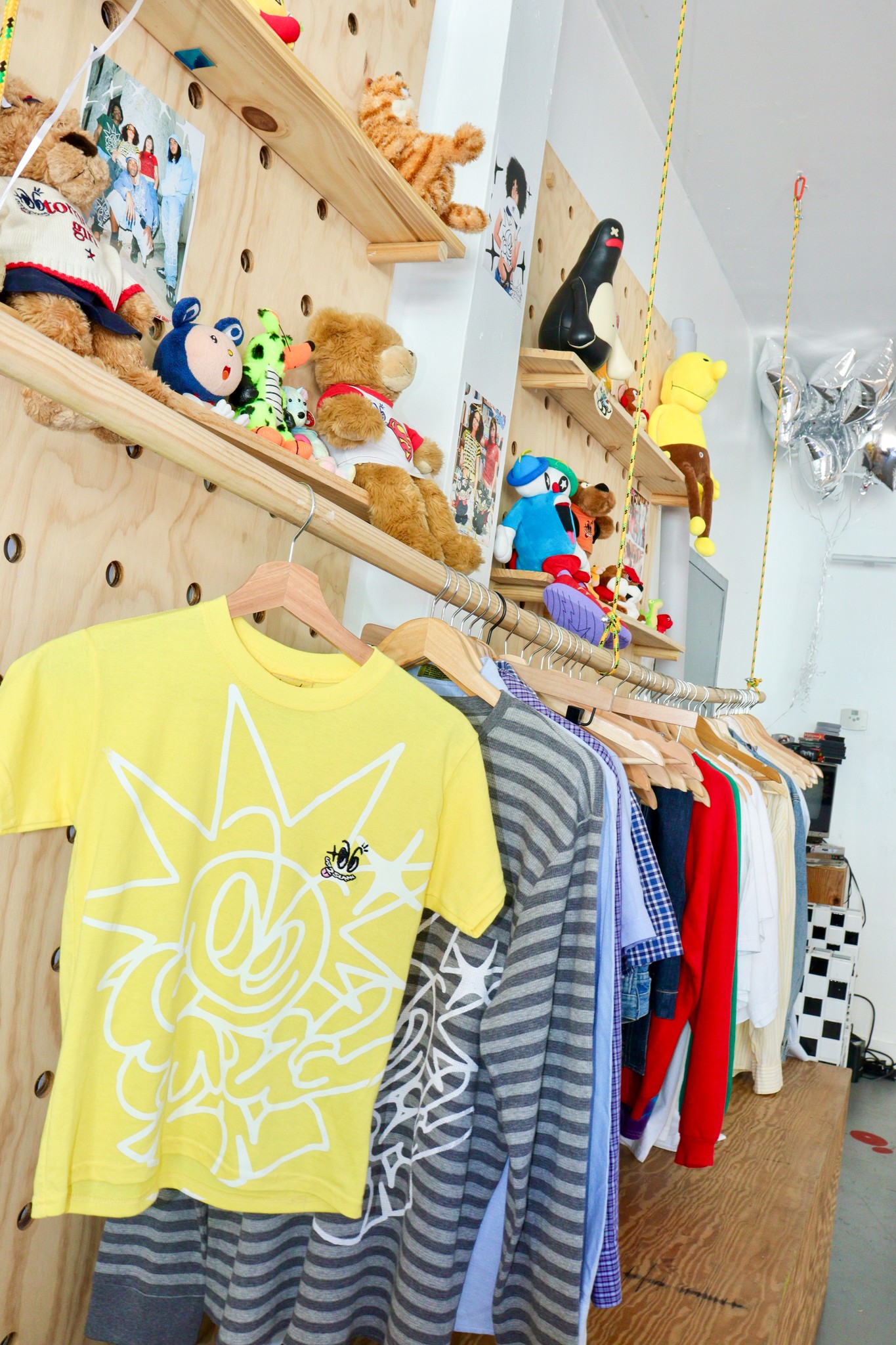
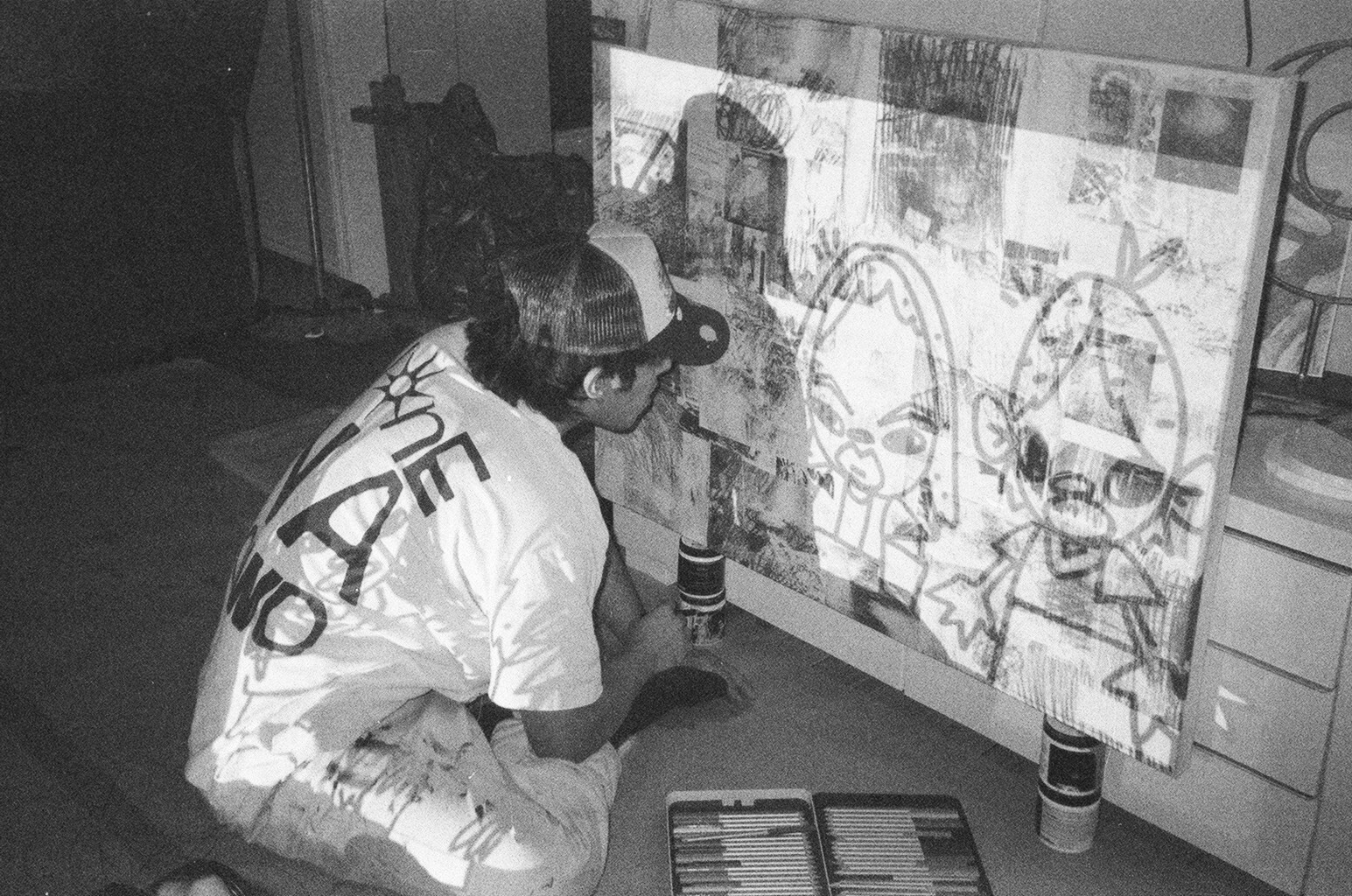
Awesome – so before we get into the rest of our questions, can you briefly introduce yourself to our readers.
Everything started with a brand. I was inspired by seeing other people launch their own lines, and I knew I could do it better in my own way. I didn’t have fancy tools or formal training… just a cracked version of Photoshop and a mousepad. That’s where I began creating graphics.
Eventually, someone gifted me a camera, which opened up new creative possibilities. I started incorporating my drawings into photo edits, layering visual elements to build something that felt uniquely mine. That was the beginning of my journey across multiple creative mediums.
One thing that sets me apart is my approach to learning. I don’t just glance at things I admire—I study them intensely, paying attention to the smallest details until they’re etched into my subconscious. Over time, those details naturally inform my creative work, helping me develop a distinct visual language.
I love working with people who give me their full trust and confidence to create something impactful for them. That trust brings out my best work because it lets me fully explore and experiment without limitations.
What I’m most proud of is the identity I’ve built through my visual style and shape language. I aim to create work that resonates and makes a lasting impression, staying true to a vision that always evolves but never compromises.
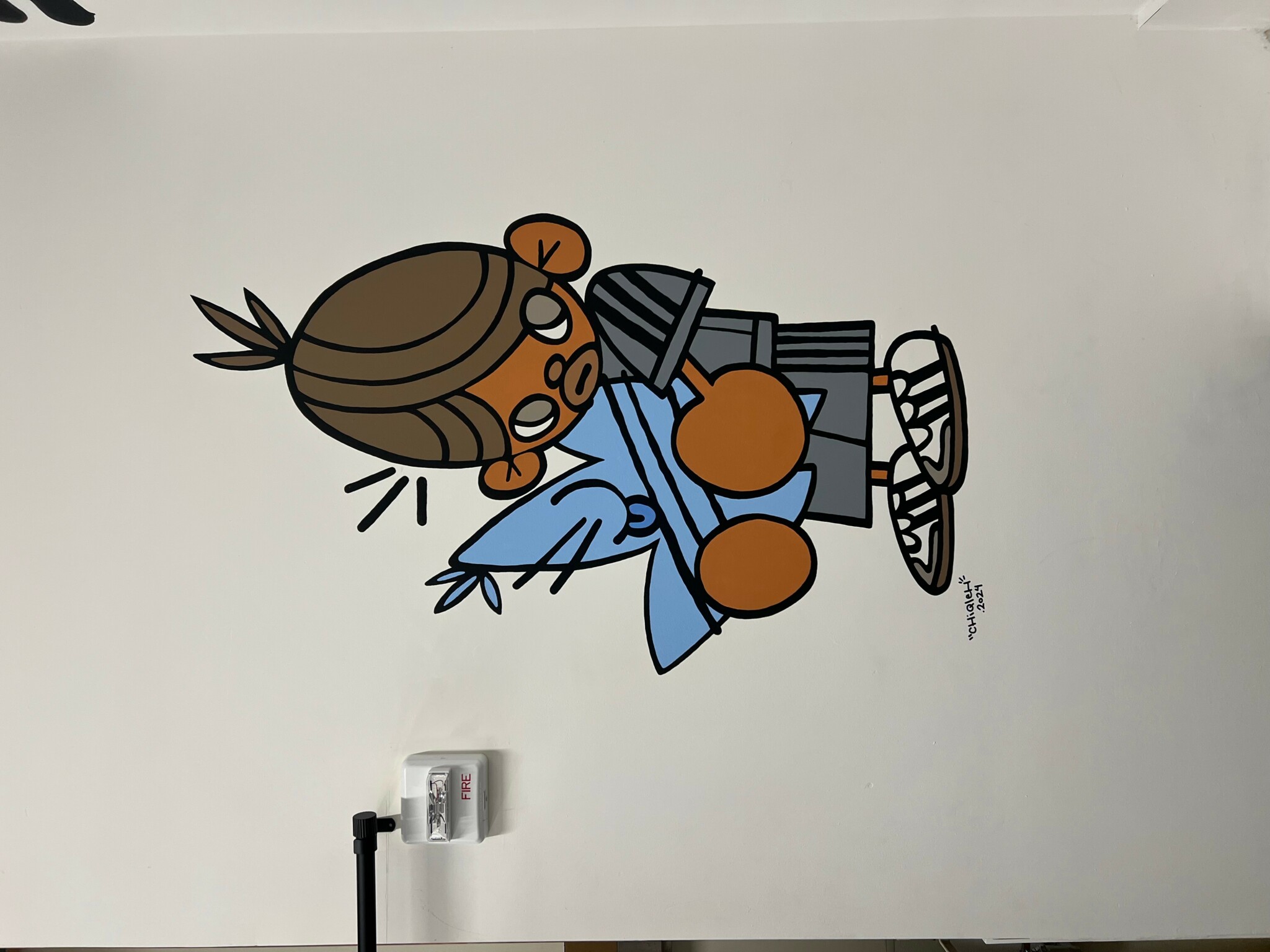
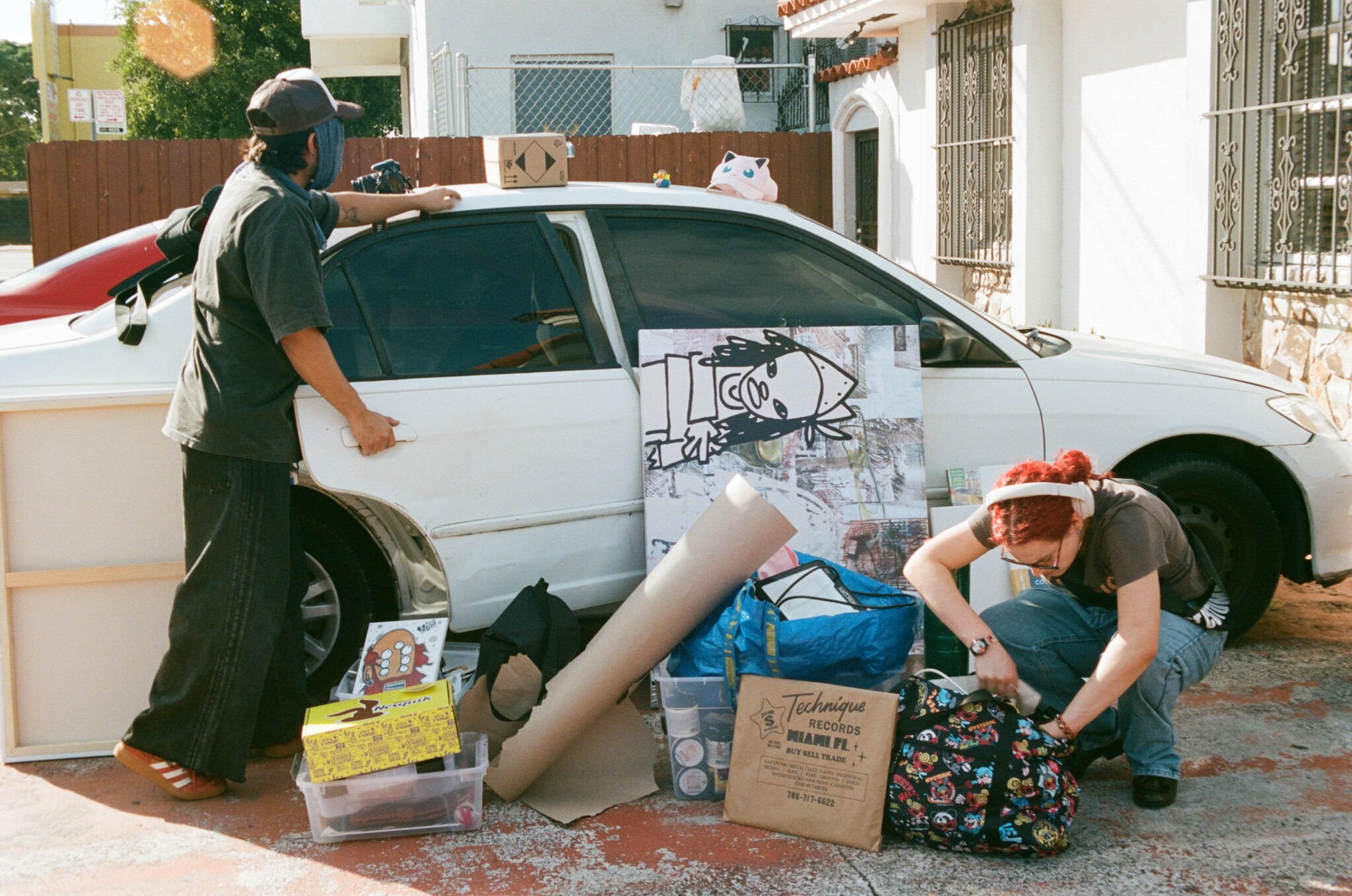
For you, what’s the most rewarding aspect of being a creative?
I’m constantly inspired by other people’s work—whether it’s a drawing, a piece of clothing, or something unexpected. There’s this undeniable click that happens when you see something that resonates deeply. That kind of inspiration is powerful. The most rewarding aspect of being an artist is when I’m able to inspire myself. There’s this indescribable click that happens when I create something and think, “Wow, I can’t believe I made this.” It’s that rare moment where the work speaks back to you and sparks new ideas, it feels like unlocking a door to endless possibilities.
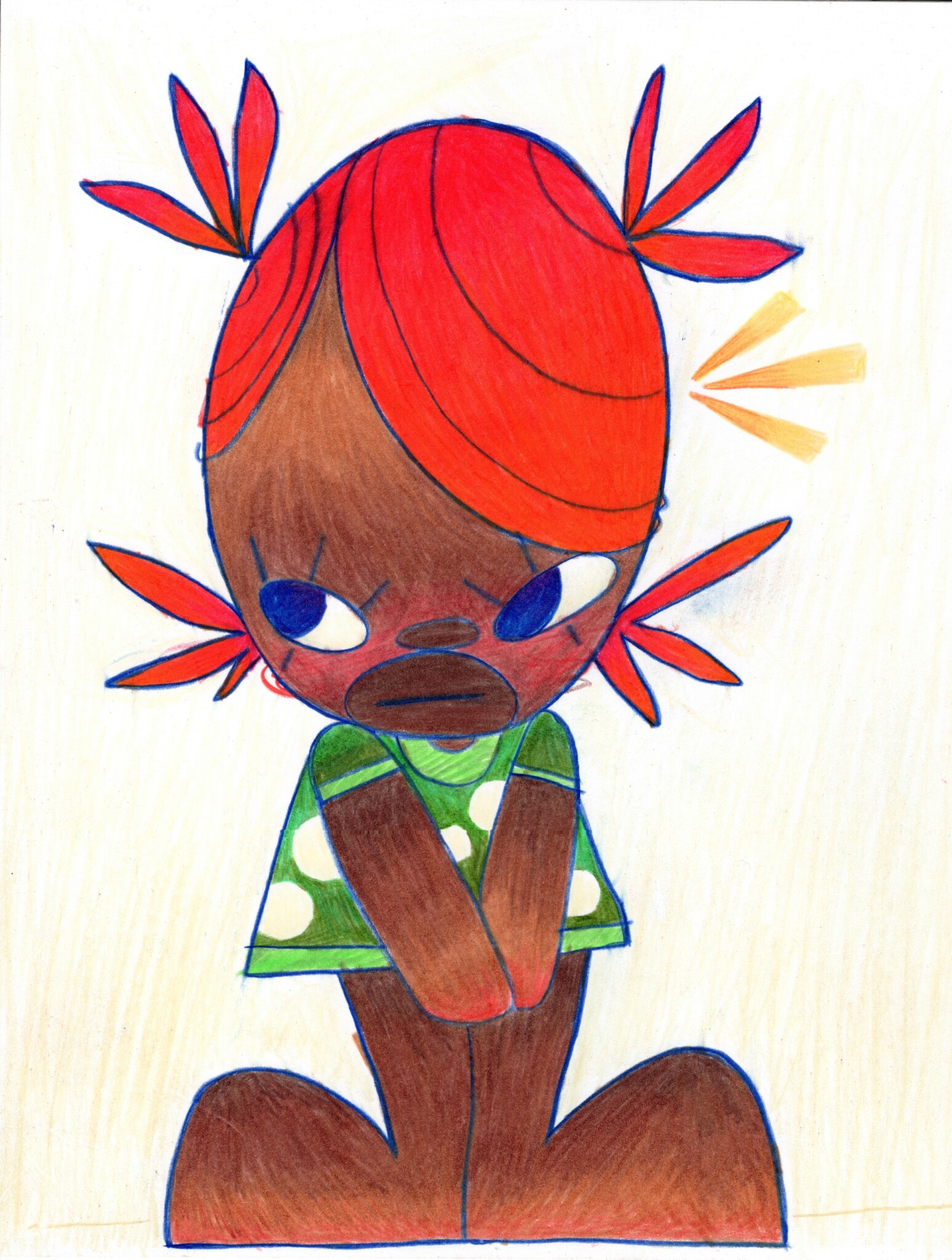
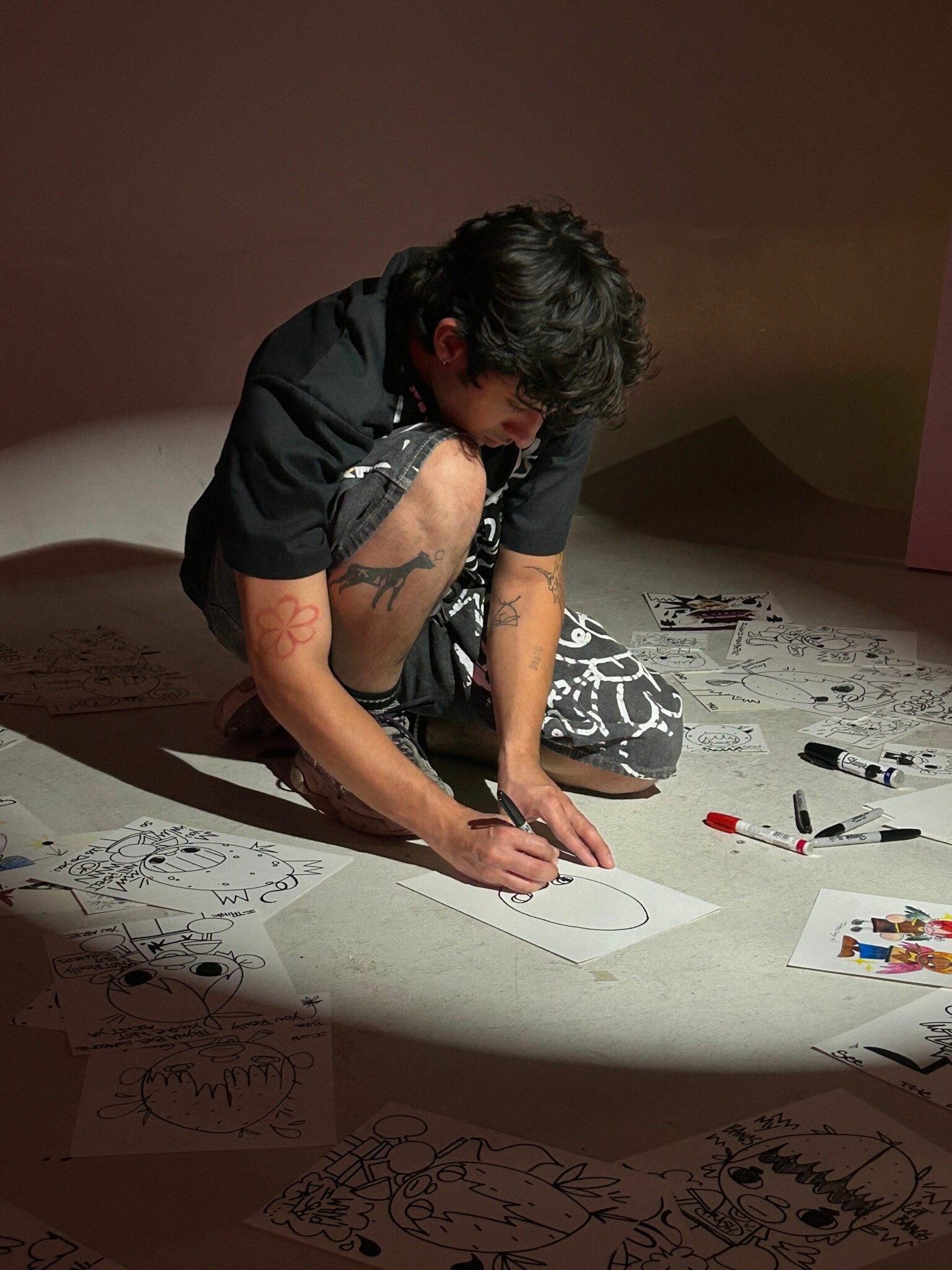
Is there something you think non-creatives will struggle to understand about your journey as a creative?
I think one thing non-creatives might struggle to understand is that creativity isn’t limited to artists, musicians, or designers—everyone is creating all the time, whether they realize it or not. The fact that your brain can process an individual thought is already an act of creation.
People sometimes tell me, “I can’t do that; I don’t have the talent.” My response is always the same: “Neither do I. I’m just obsessed with what I do.” The same way I don’t know how to write a book or make a song, I could still try, and even if the first attempt wasn’t good, it would still be something I made. And if I kept at it, it would get better. That’s how I approach my work. I’m not fully satisfied with it most of the time, but getting to where I am now took experimentation, failure, and persistence.
What I like to encourage people to do is get out of their comfort zone and just make that thing you’re thinking about. Even if it doesn’t physically turn out exactly as you envisioned, the more you focus on it, the more it starts to exist in the world. Start by writing it down on paper. Just getting that idea out of your mind and into the world is a powerful first step.
Contact Info:
- Website: https://www.chiqleh.com
- Instagram: https://www.instagram.com/chiqleh/
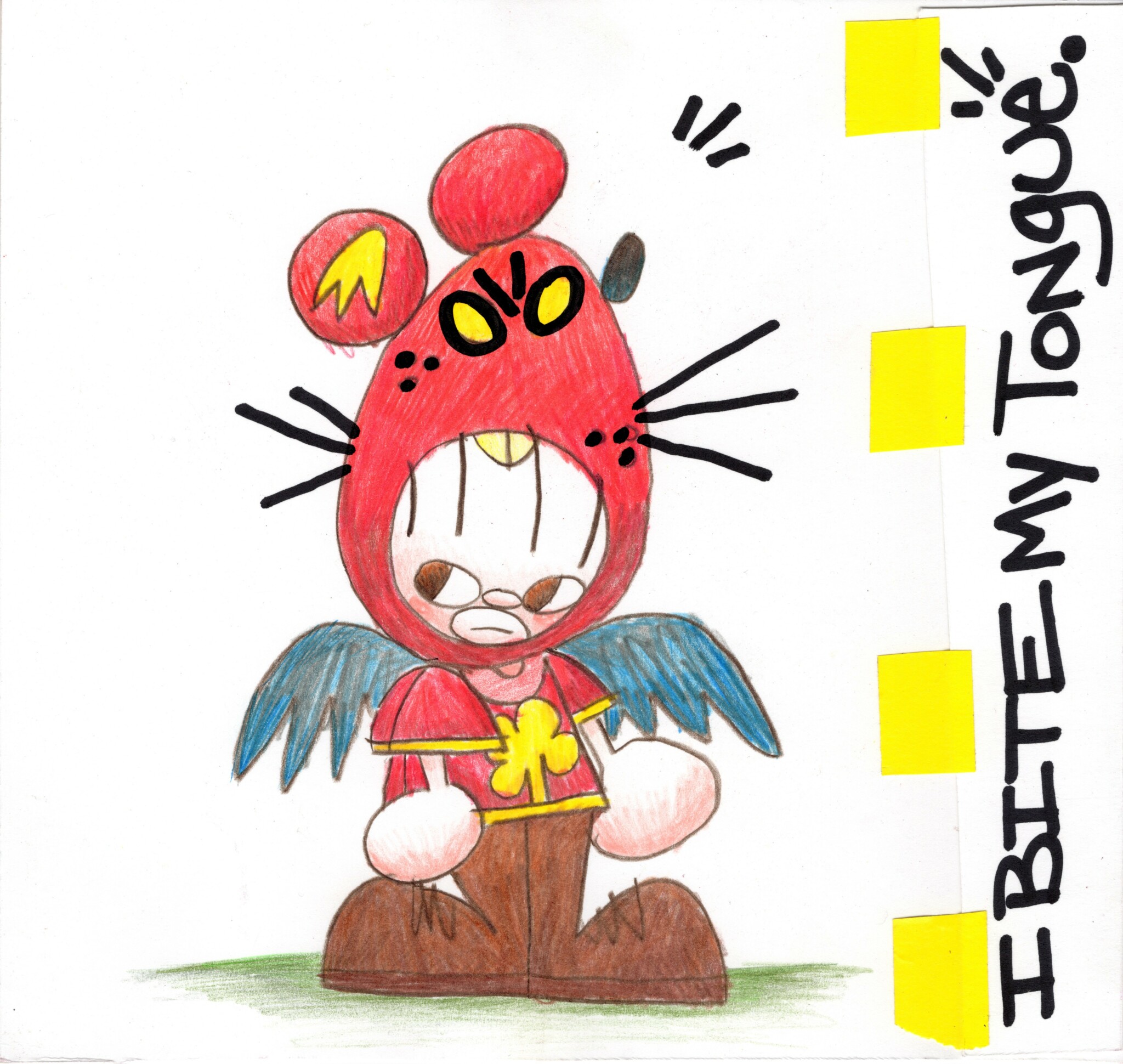
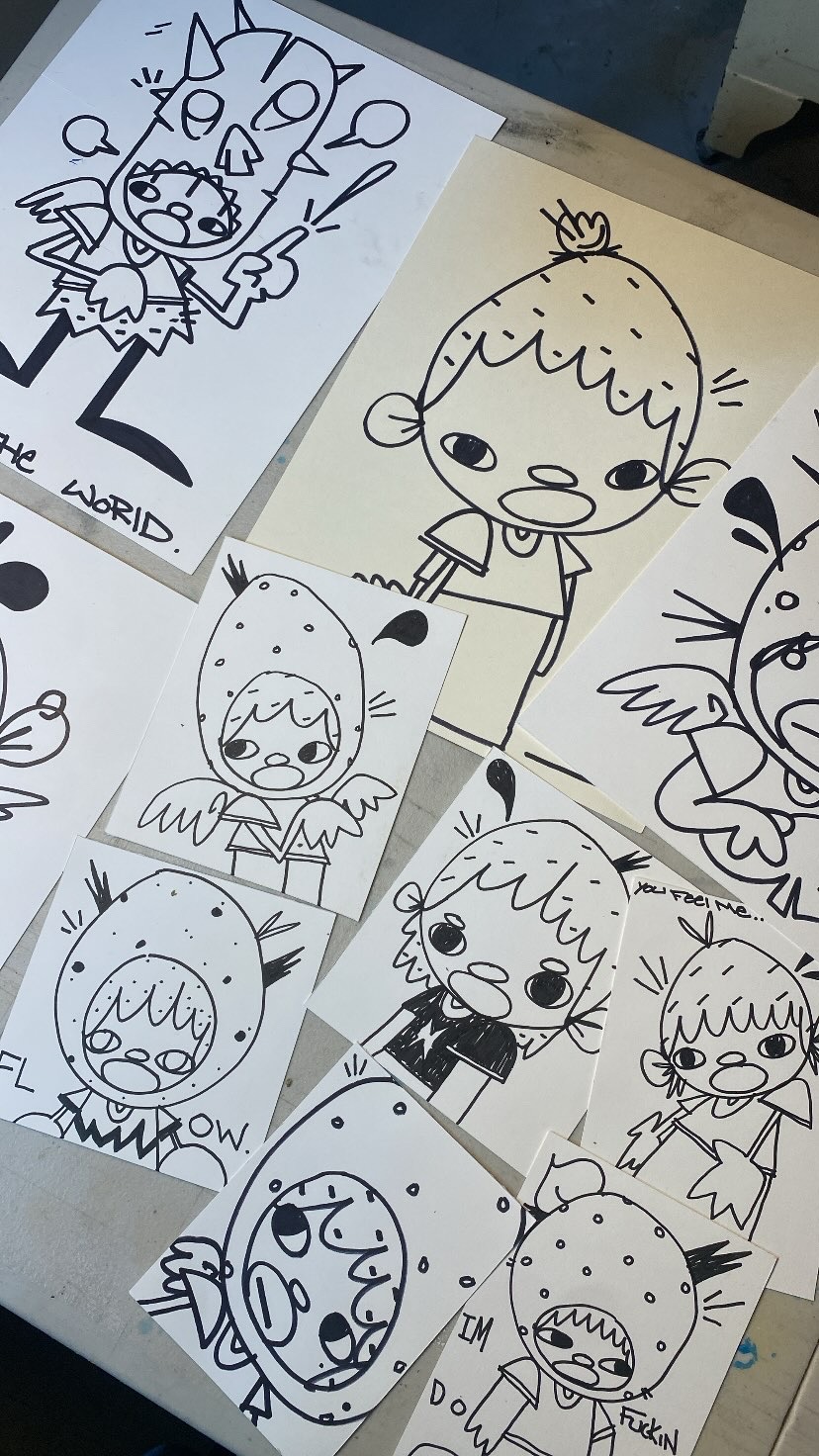
Image Credits
(Photo with car) Shot by Josie Bessard, (Gallery shots) by
lemaryjane


